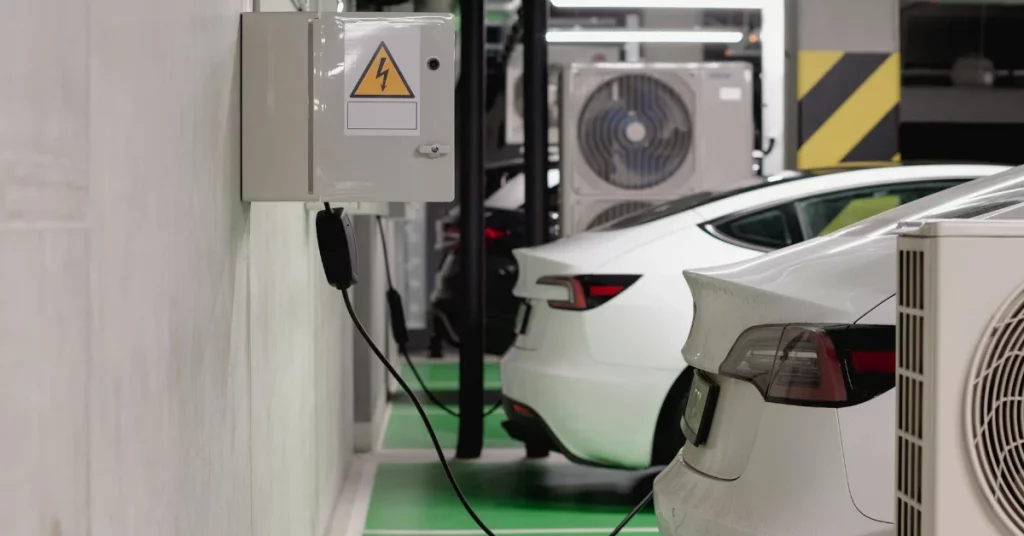As electric vehicles (EVs) gain popularity, more homeowners are asking a key question: will charging my EV at home cause my electricity bill to skyrocket? The short answer is yes, it will increase your electricity usage, but the increase is usually much smaller than many people expect. With smart planning and efficient charging strategies, the costs can be minimized. In this article, we will break down EV charging costs, compare them to gasoline, explore factors that influence your monthly bill, and provide tips for saving money.
Understanding EV Energy Consumption
Electric vehicles run entirely on electricity, which is measured in kilowatt-hours (kWh). One kilowatt-hour is the energy consumed by a device using one kilowatt of power for one hour. In the case of an EV, energy consumption depends on the vehicle’s efficiency, which is often expressed in miles per kWh.
For example, the average EV in the United States consumes around 34.6 kWh per 100 miles of driving, which translates to roughly 0.346 kWh per mile. To see what this means in practical terms, consider a driver who travels 1,000 miles per month:
1,000 miles × 0.346 kWh per mile = 346 kWh per month
Using the U.S. national average electricity rate of $0.16 per kWh, charging your EV would cost approximately $55.36 per month. This is a manageable increase for most households, especially when compared to the cost of fuel for a gasoline-powered vehicle.
Comparing EV Charging Costs to Gasoline
A common concern among prospective EV owners is whether they will save money compared to a gas-powered car. Let’s examine a typical comparison:
| Vehicle Type | Efficiency | Fuel / Energy Cost | Monthly 1,000 Miles Cost |
|---|---|---|---|
| Gasoline vehicle | 25 mpg | $4 per gallon | $160 |
| Electric vehicle | 3.46 miles per kWh | $0.16 per kWh | $55.36 |
This table clearly illustrates that EVs can cost about one-third of the fuel expenses of gasoline cars. Even if your electricity rates are higher than the national average, EV charging still tends to be more economical. Over a year, the savings can exceed $1,200, making EVs financially attractive in addition to their environmental benefits.
Factors Influencing Home Charging Costs
Charging costs are not uniform and can vary based on multiple factors:
Electricity rates: Rates differ significantly by state and utility.
Driving patterns: The more you drive, the more energy you will need to charge your EV.
Charging time: Utilities often offer time-of-use (TOU) rates, which provide lower electricity prices during off-peak hours.
Vehicle efficiency: Different EV models have varying efficiencies.
Battery size and state of charge: Larger batteries require more electricity to fully charge.
Smart Charging Strategies
There are several ways to reduce the financial impact of home EV charging:
Time-of-use (TOU) rates: Take advantage of lower electricity rates during off-peak hours.
Home solar systems: Installing solar panels at home can offset the energy used for charging your EV.
Smart charging features: Most EVs allow scheduled charging to avoid peak rates.
Level 2 chargers: These deliver electricity faster and more efficiently than Level 1 chargers.
Environmental Impact of Home EV Charging
One of the main advantages of EVs is the reduction in greenhouse gas emissions compared to gasoline vehicles. Charging at home using electricity, especially from renewable sources, further lowers your carbon footprint. According to the U.S. Department of Energy, a medium-sized EV can save over 4,500 pounds of CO2 annually compared to a gasoline vehicle driving 12,000 miles per year.

Planning Your Home EV Charging Setup
Charger type: Level 1 (120V) vs Level 2 (240V) chargers.
Electrical capacity: Some homes may need panel upgrades.
Integration with solar or battery storage: Helps lower charging costs.
Permits and incentives: Many programs reduce charger installation costs.
Long-Term Cost Outlook
While charging your EV at home will add to your electricity bill, long-term costs are predictable and generally lower than gasoline. Electricity prices have historically risen more slowly than gasoline prices. Combining EV ownership with solar panels, off-peak charging strategies, and smart home energy management can stabilize costs and maximize savings.
Charging an EV at home in 2025 is not only feasible, it is financially advantageous when compared to gasoline vehicles. By understanding electricity consumption, taking advantage of off-peak rates, using smart charging technology, and potentially integrating solar power, homeowners can manage their energy costs effectively.
With careful planning, your EV can be a clean, efficient, and cost-effective alternative to conventional vehicles, while keeping your electric bill manageable.




